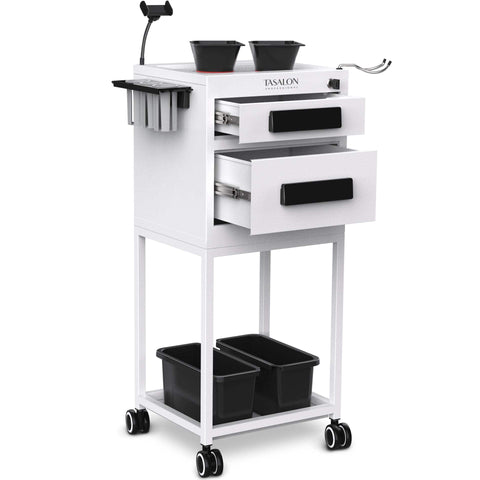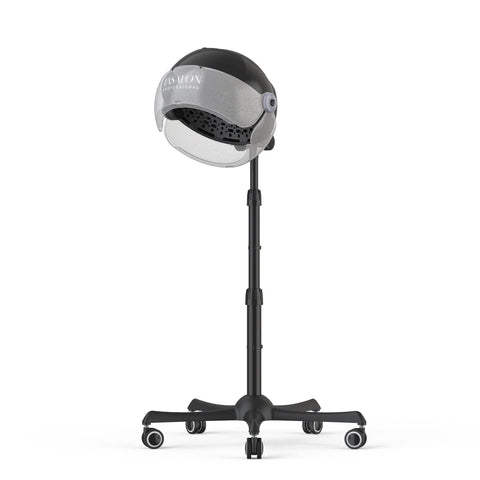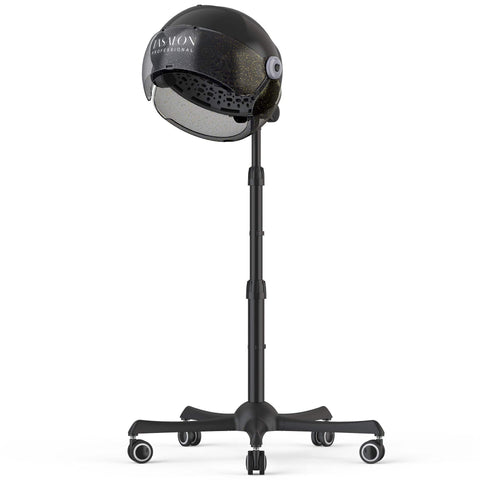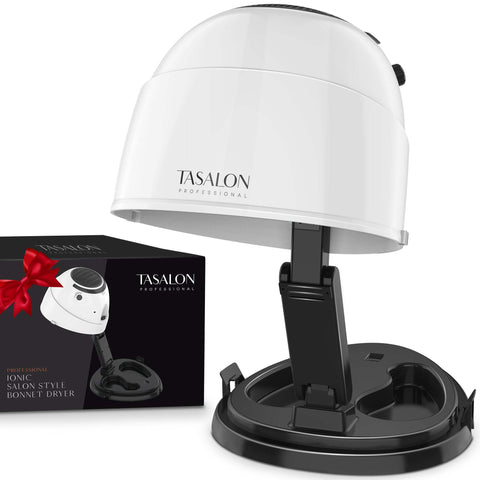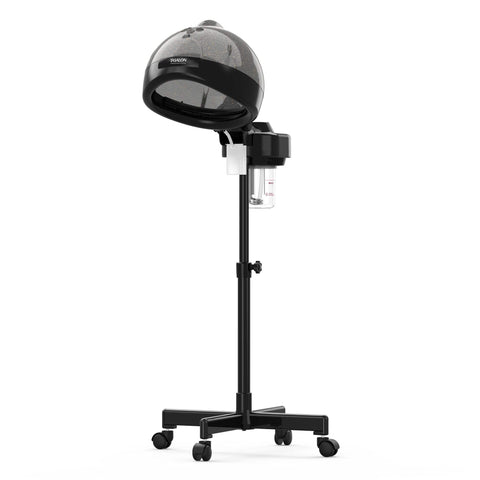The basic overview of the hairdressing industry is differentiated!
1、Industrialization
The average development time of the national beauty salon industry is more than 20 years, from a single store service, has developed into a comprehensive industry with beauty, hairdressing, medical beauty, body beautification, nail art, tattooing, image design, color store services, as well as professional vocational education, related professional instruments, supplies, appliances, research and development, production and sales, and has given birth to leading brands and leading enterprises in each field.

2. Groupization
In the early days, the beauty salon industry was dominated by small beauty salon workshops, and today's beauty and hairdressing industry has formed many representative enterprises of collectivization. Large beauty salons have more than a thousand franchised chain stores, and they have their own production plants, training bases, research and development institutions, and educational institutions.
3, maturity
The early beauty salon industry regardless of store decoration, equipment, technology, supplies, are simple, rough, non-standardized, the current national beauty salon industry overall maturity has been clearly reflected, the grade of the store, the quality of appliances and instruments, the quality of practitioners have undergone fundamental changes and optimization.
4. Marketization
Beauty salon industry is a human body industry with a very large extension and exhibition space. Each part of it will extend to the four levels of beautification, shaping, health and wellness. Each level in every structural part of the human body is expanded vertically and horizontally with the concept of nth power, and its living space and growth space are very broad, and the marketization is very strong. Based on this, the national beauty industry has emerged excellent characteristic brands and characteristic service institutions suitable for market demand in various fields.

5. Internationalization
China's beauty and hairdressing industry, in the early days, borrowed more international names and shells, and international masters and international famous brands flooded. However, today, after joining the WTO, internationalization has been effectively reflected - the industry presents a two-way interaction at home and abroad, and the penetration is becoming more and more extensive and frequent.







